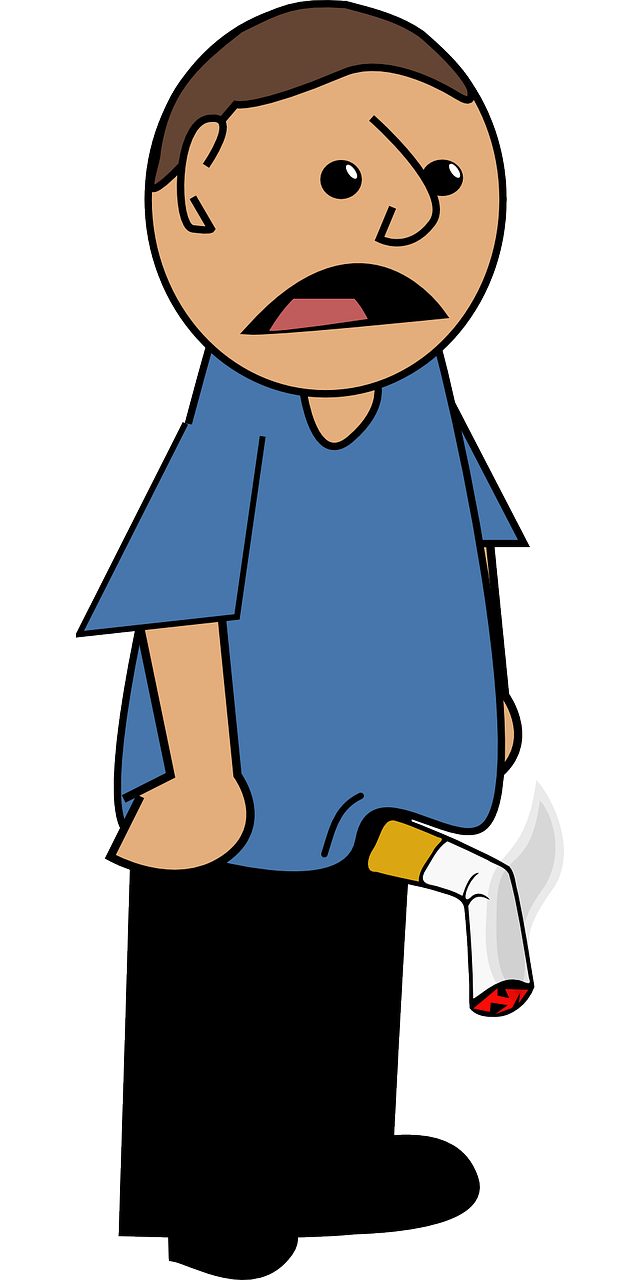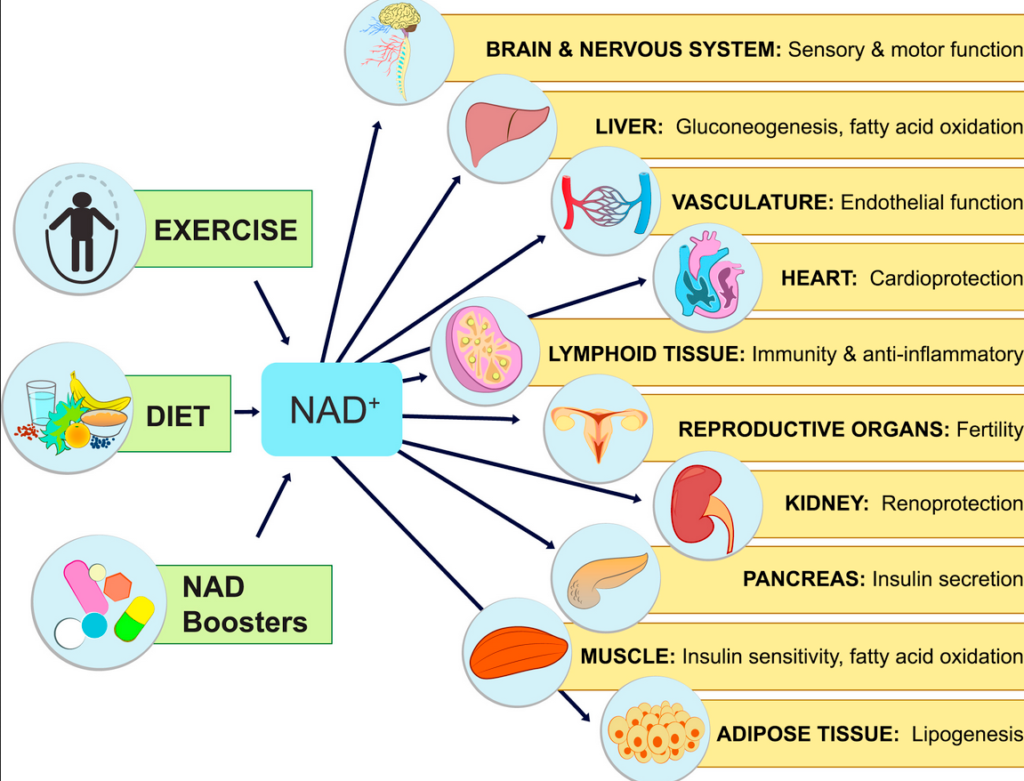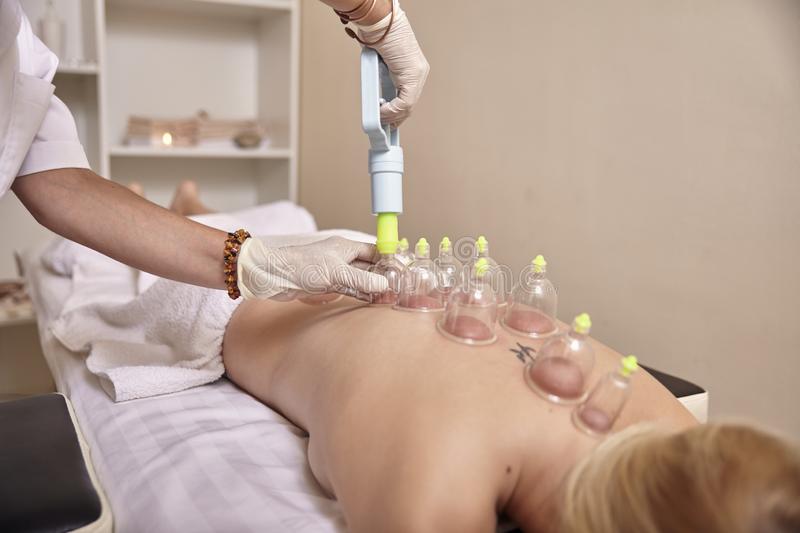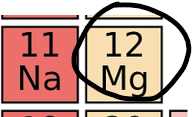Hand therapy/ with laser acupressure alleviates neck discomfort and restores proper neck range of motion
Case summary:
A 33 male patient came in recently complaining of neck discomfort. The patient is a hockey coach and explained he was body slammed by his students during a hockey training session 1 week back. He didn’t have any initial neck issues, but upon waking up, the next morning, the patient noticed it was very hard to move his head in any direction and it felt like he had a big, heavy weight on his shoulders. The patient has a high pain threshold tolerance and did not use any pain killers or muscle relaxants. He simply iced his neck which over the next several days did reduce inflammation and restore some range of motion to his neck. However, he did have this persistent pain restriction that emanated from the base of his neck when he would look down and to the right. He couldn’t touch his chin to his chest. He felt the restriction in the muscles in the back of his neck, too. Also, he expressed restriction in his left arm as he demonstrated the motion to hit a hockey puck. He wasn’t in pain , but had more neck discomfort due to the restricted range of motion of his neck.
As the patient preferred non-drug approaches to addressing this issue, he was open to trying acupuncture to restore proper range of motion to his neck.
There are many styles of acupuncture that can be helpful in cases like this. One style of acupuncture that had an immediate impact on improving the range of motion of his neck is KHT(Korean Hand Therapy). In KHT, the whole body can be represented on the hand as seen below.
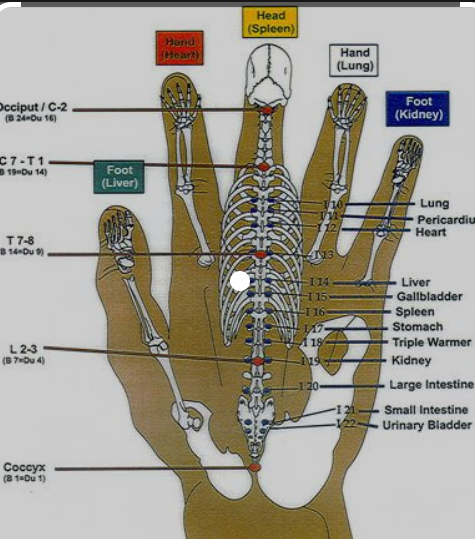 image source: https://maryland-acupuncture.org/event-2746553
image source: https://maryland-acupuncture.org/event-2746553
Here is how I went about to treat the patient’s neck through his hands.
1.As the patient’s was experiencing left neck discomfort, I focused on the left hand.
2. With a probe device, I proceeded to find tender areas on the middle finger of the posterior hand that corresponded to the patient’s discomfort area. In this case, I found tender areas between the DIP (distal interphalangeal) and PIP(proximal interphalangeal) joints. This corresponds to the neck area between the first and seventh cervical vertebra.
3. Instead of using acupuncture needles, I used a laser device to stimulate these tender spots for 1-2 minutes. I would then recheck the tenderness. If the tenderness did not decrease, I would re-stimulate the tender spot with the laser.
4. I would then have the patient recheck his range of motion of his neck. Usually, there would be an improvement.
5. I would keep repeating this procedure until the tenderness reduced and range of motion had improved substantially.
After 15-20 minutes , the patient could touch his chin to his chest without neck discomfort. He initially presented with ropy like muscles on the back of the left side of the neck After this procedure, these ropy like neck muscles were non-existent.
6.While the patient had a very good response KHT, he will have to massage the tender areas. Thus, I applied some pellets to the tender areas found upon examination. The patient will massage these pellets periodically to further promote the healing effect of this procedure.
7. The patient will follow up in a week.
The patient was pleased. He was expecting that I would be applying acupuncture needles to his neck, but the healing effect was all accomplished through his hands !!
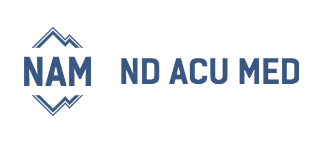
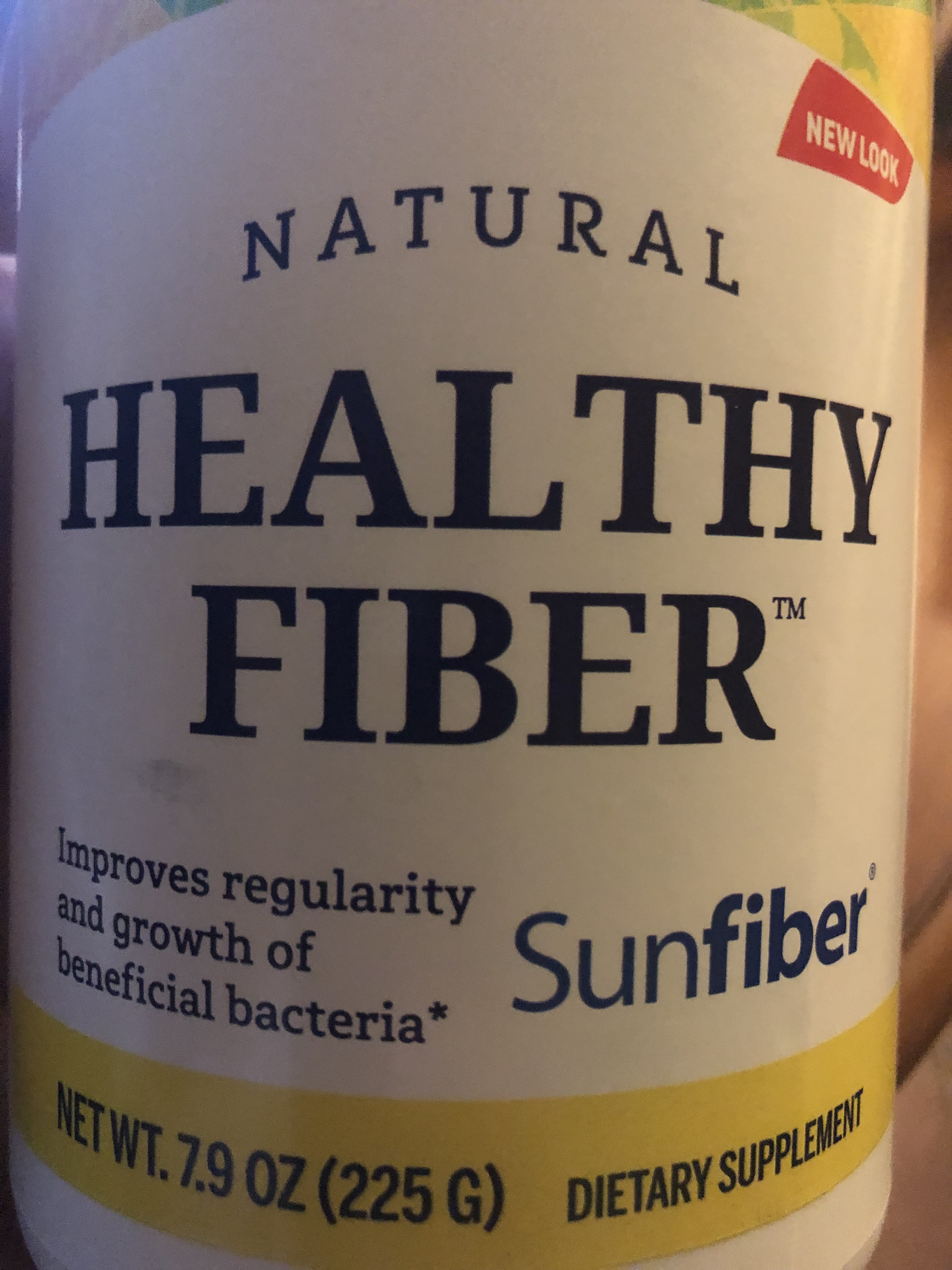
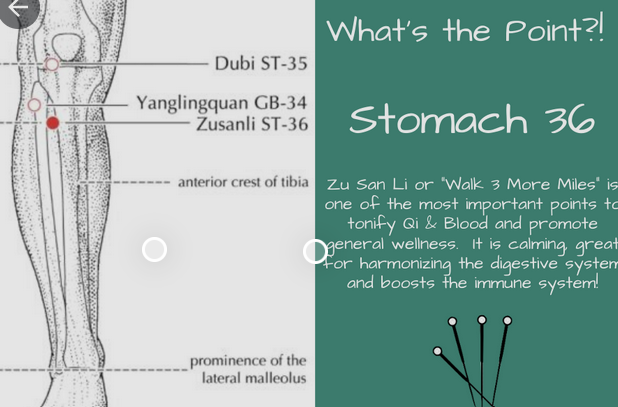
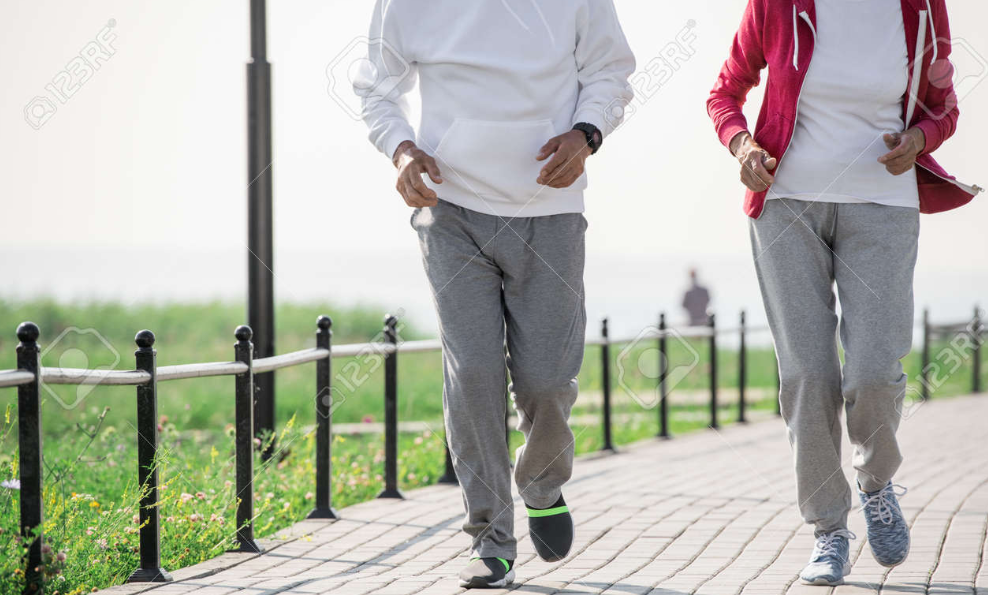
 As we age, the following body systems decrease in function:
As we age, the following body systems decrease in function: